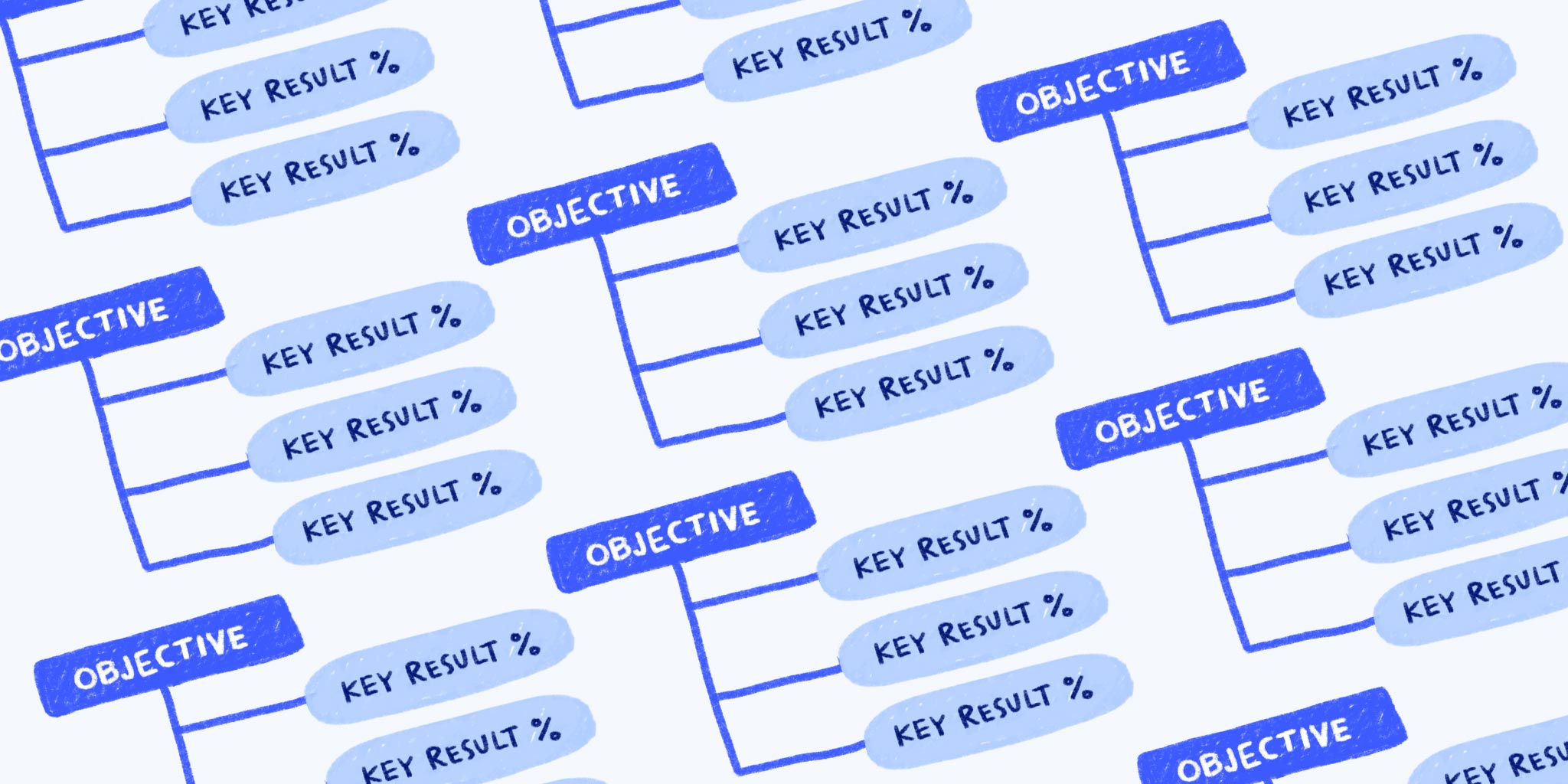OKRs (Objectives and Key Results) are more than just goals: they’re a means of executing company strategies. An OKR challenges your company to push past normal toward exceptional. As such, OKRs are an excellent way to explore new territory and grow as a company.
To be effective, OKRs must be well-written. The best thought-out strategies will fail unless they’re clearly communicated to your team. Writing a good OKR is the launching pad for your goals and objectives. The following OKR tips help companies design and write effective, clear objectives and key results.
Writing Your Objective — Goal-Setting Tips
An OKR objective is a quantitative goal. Usually broad in nature, objectives are intended to challenge and inspire, pushing your team out of their comfort zone. Below are a series of OKR tips for writing powerful, compelling objectives.
Objectives must align with company strategies. Keep company objectives and vision in mind when writing objectives. If your objective isn’t in line with the company’s overall strategy, something is very wrong. Reexamine the objective to ensure it benefits larger company goals.
Dream big. Most goal-setting tips recommend setting realistic, attainable goals. OKRs are the exception to this rule. An OKR disrupts the status quo, challenging your team to achieve a goal that is normally out of reach. If you find you’re achieving every OKR you set, you’re not thinking big enough. The point of an OKR is creating an environment in which employees shoot for the stars, creating a culture of excellence and ambition.
Identify the root cause of the issue. Identify the primary problem or concern driving the OKR, and ask what would solve it. Write your solution down and examine it to see if your answer addresses the issue’s main cause. If it doesn’t, dig deeper. Repeat until you’ve reached the root cause of the issue. This will act as the foundation for your objective.
Include quantifiable results and a time limit. Objectives must have a quantifiable outcome in order to assess the success of the OKR. The simplest way to ensure this is to assign a numerical value to the objective. “Increase sales by 30 percent by the end of the year” is both quantifiable and timebound. “Increase sales,” in contrast, is too vague to be of use.
Write for people. Your employees must be able to clearly understand OKR objectives. Write so all employees can understand your objective, not just the people on your team. While it may be tempting to use technical jargon if you’re, say, writing OKRs for the IT department, the objective should be understandable to employees in other departments. Doing so facilitates both understanding of your team’s objectives and inter-departmental collaboration.
Once you have your objective, ask the following questions:
- Is the objective broad in outlook?
- Does the objective align with company goals?
- Is the objective challenging and inspiring?
- Is the objective timeboxed?
- Is the objective vital to company success?
OKR Tips for Writing Key Results
Key results define the actionable steps needed to complete an OKR objective. If you meet all key results you’ll have met your objective.
Key results describe outcomes and results, not activities, and are measurable indicators of success. As such, they must be quantifiable in order to demonstrate how much of an objective has been achieved.
Key results adhere to SMART goal setting. They must be Specific, Measurable, Actionable, Relevant, and Timebound. Examples of key results include:
- Create 3 new training modules by the end of the second quarter.
- Release 4 white papers by July.
- Test new marketing strategy by December.
- Deliver 6 customer surveys by March.
Aim for 3 to 5 key results per objective. Restricting the number of key results avoids confusing or overwhelming team members.
OKR Examples
Below are three OKR examples with clearly defined objectives and key results. While your OKRs will be unique to your business, these can be used for inspiration or as templates for your own objectives:
OKR Example One
Objective:
- Increase profits by 20%.
Key Results:
- Launch seasonal campaigns at Christmas and Easter, doubling the previous year’s revenue for those holidays.
- Outsource distribution to individual stores to cut costs by 20%.
- Negotiate supplier contracts to save 5% on purchases.
OKR Example Two
Objective:
- Increase product visibility by 40% by the end of the fourth quarter.
Key Results:
- Participate in 5 nationwide conventions, collecting 100 prospects per event.
- Conduct 1 contest per quarter, rewarding winner with free product.
- Increase social media followers by 20%.
OKR Example Three
Objective:
- Improve customer support experience by the beginning of Q4.
Key Results:
- Resolve 85% of critical issues within one hour of initial complaint.
- Exceed 90% overall customer feedback ratings scores.
- Attain an average response time of less than 24 hours for normal complaints.
SEE ALSO: Reflektive Webinars
